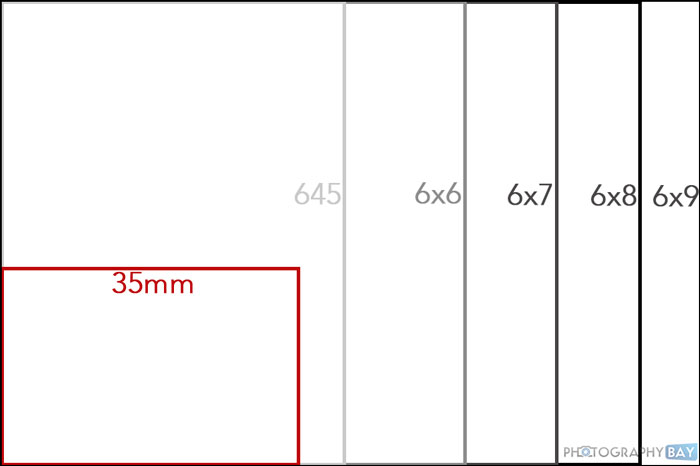

This means that you can achieve an extremely large depth of field, which is especially useful in landscape photography when you want everything to be in focus from the foreground all the way into the horizon. Some cameras have what we call ‘bellows’ – an expandable part of the camera that resembles an accordion – which allows for tilt-shift lens capabilities. Photo by: 'Markus Winkler, Unsplash'.Ĭreatively, medium format systems will give you more room to experiment with depth of field. This is in contrast to the graininess and blur that often accompanies enlarged images from small format cameras.īellows with a medium format camera. The larger film size or megapixel count means that you’ll be able to provide your clients with a variety of options when it comes to cropping a photograph to suit their needs, whilst still retaining a high level of detail and resolution in your images.

Photo by: 'Who Du Nelson, Unsplash'.Īnother advantage of medium format cameras is cropping flexibility. Think of billboards, magazine covers and floor to ceiling prints in an art gallery.īillboards need high resolution images, which are commonly taken with medium format cameras. Considering the applications that we’ve mentioned above, these are all genres of photography in which images may need to be enlarged or magnified for publication. The most common reason that photographers choose to invest in a medium format camera system is for the purpose of producing very large photographs at a higher resolution than would be able to be achieved with a 35mm film or digital camera. See also: Film is Not Dead: Where to Buy Film Onlineīoth film and digital medium format cameras are still used for many applications.These include viewfinders, digital camera backs and wind-up mechanisms. Many medium format cameras are what we call ‘system cameras’ – the type that allow for interchangeable lenses as well as other accessories. These days, the sensor size of digital medium format cameras can be between two to six times larger than those contained within full-frame and APS-C digital cameras, though they still remain smaller than the sensors of large format cameras. This device was aptly named a ‘digital camera back’ as it contained an electronic image sensor, which allowed digital pictures to be taken instead of film. Medium format photography entered the digital realm back in 1991, with the introduction of a device that replaced the film holder on the back of an analog camera. In comparison, medium format film cameras can accept film that is bigger than small format and smaller than 100 × 130mm, the latter of which is considered to be the size of large format film. As such, the digital cameras that are commonly used by many photographers today are categorised as small format. The sensor sizes of these cameras are similar to the size of a 35mm frame of film. Oftentimes, when we talk about digital cameras, we refer to the terms ‘full-frame’ or ‘APS-C (cropped) sensor’. Medium format covers both analog and digital photography.

The typical standard frame size of a small format analog camera is 24 x 36mm, which is equivalent to a single frame of 35mm film. Each of these accepted different sizes of film. Back in the days of film, the image frames of cameras were divided into three distinct types: small format, medium format and large format.
See also: Beginner's Guide to Types of Cameras for Digital Photographyīefore we start exploring what medium format cameras are, it’s a good idea to brush up on the history of photography.


 0 kommentar(er)
0 kommentar(er)
